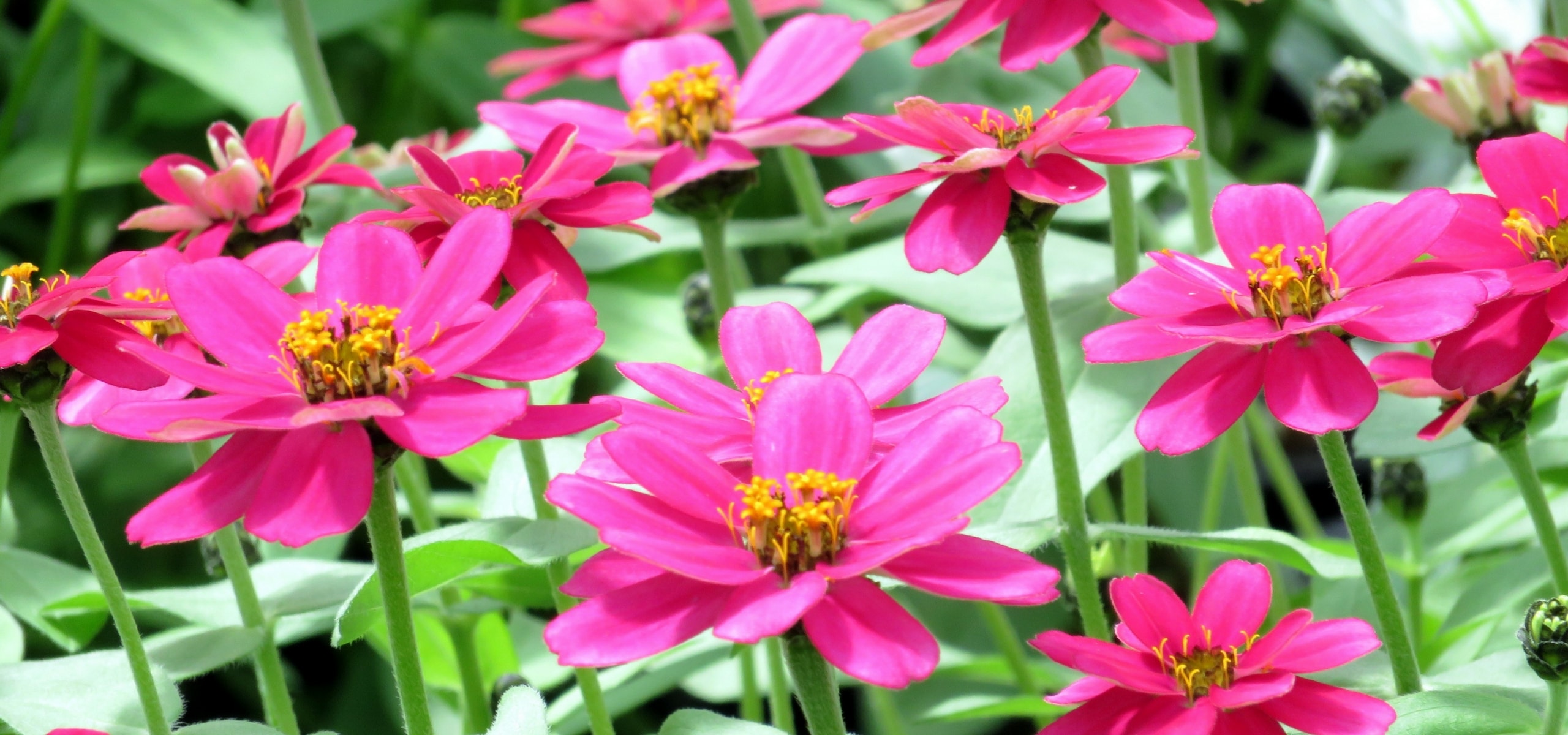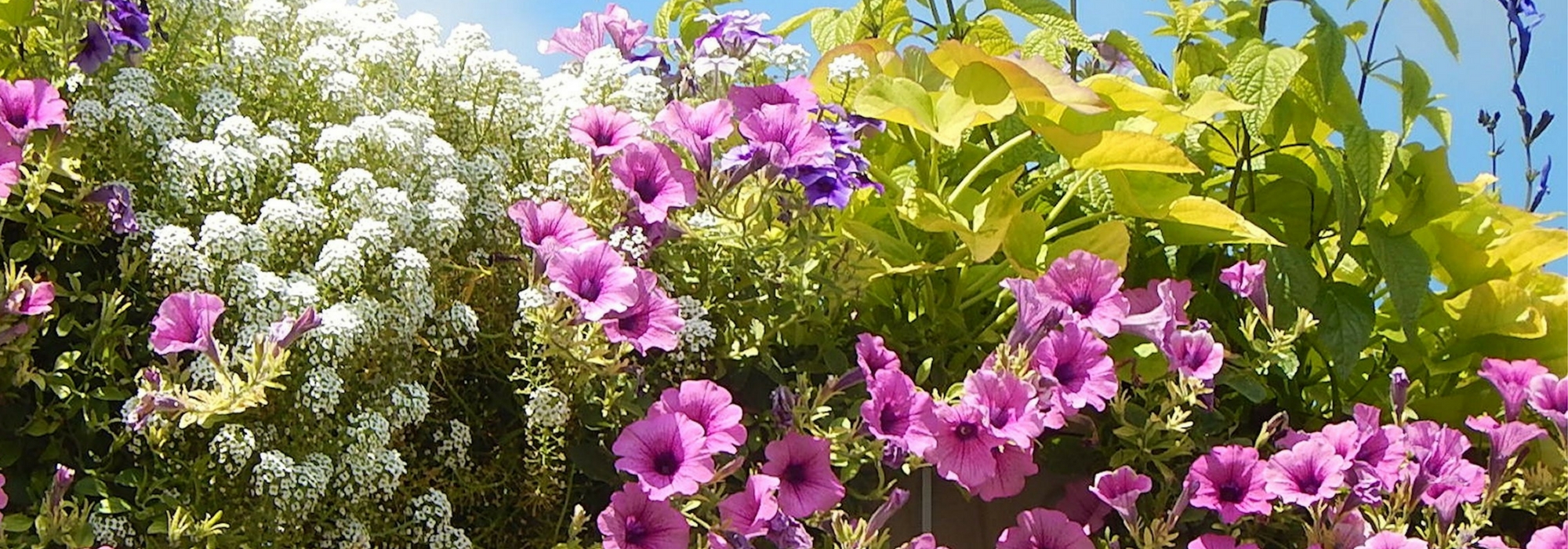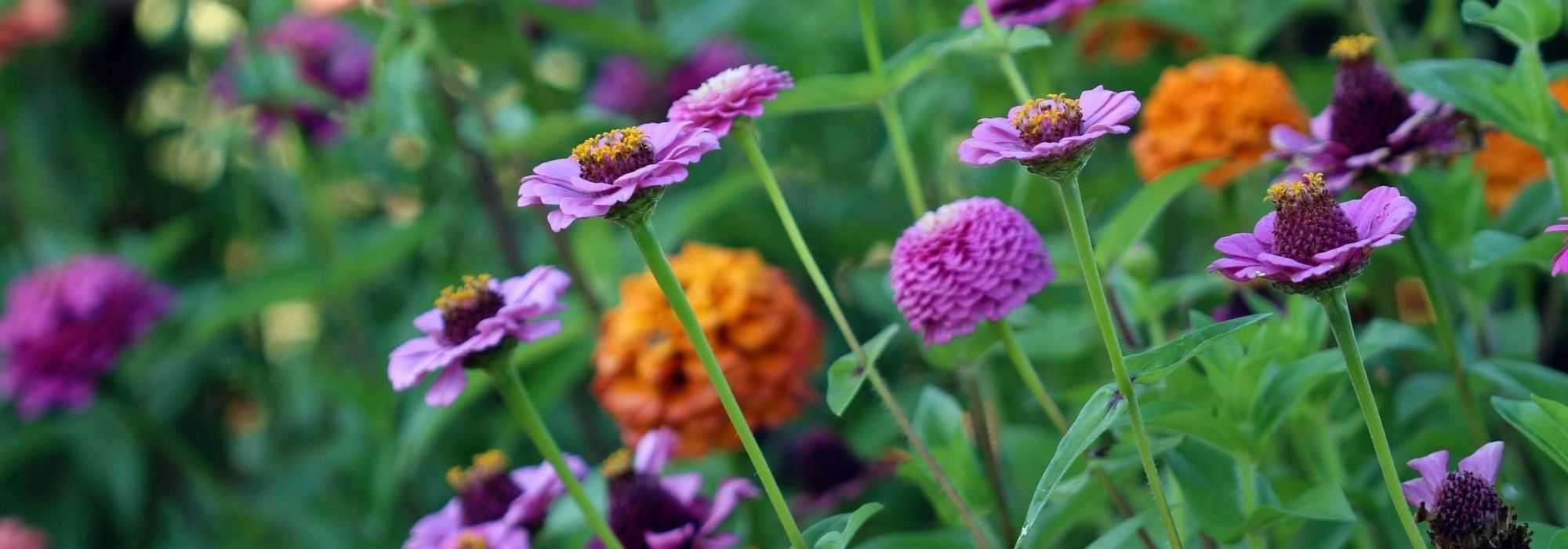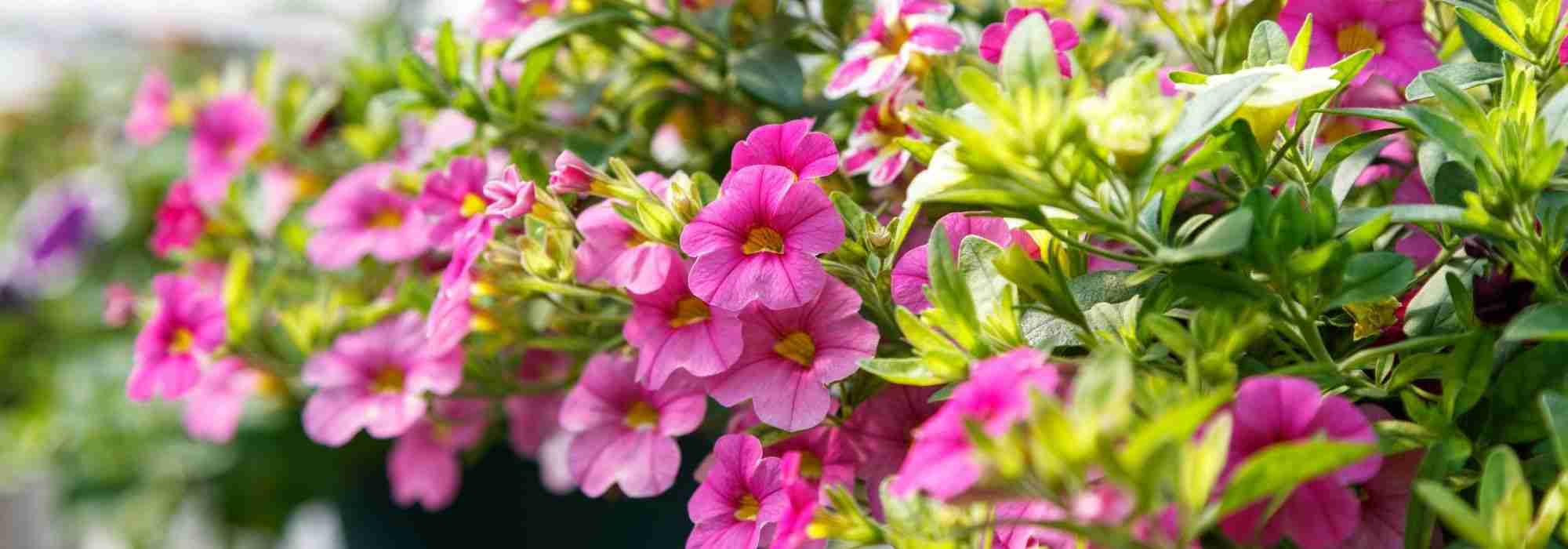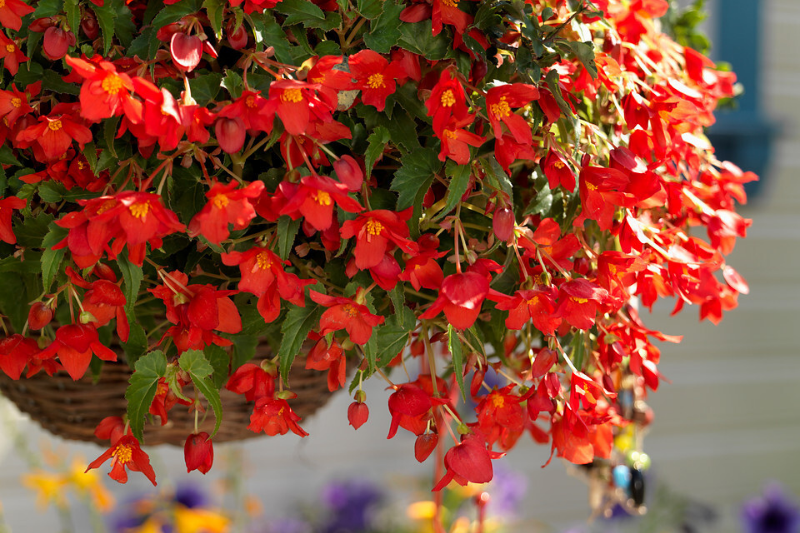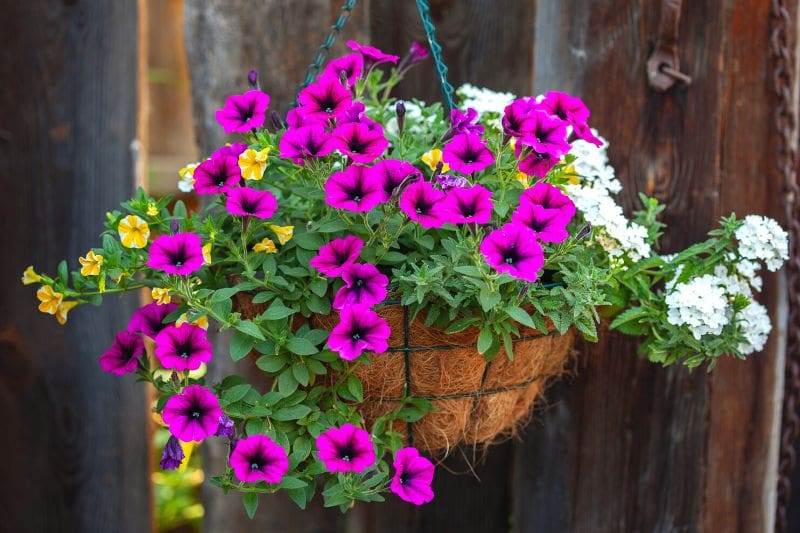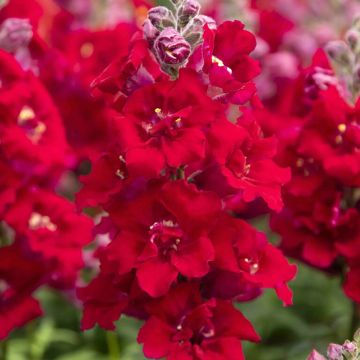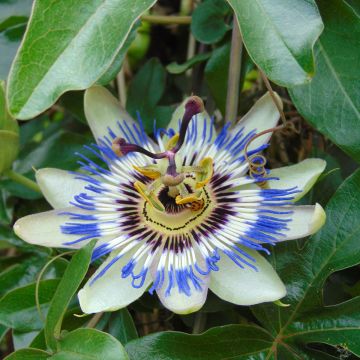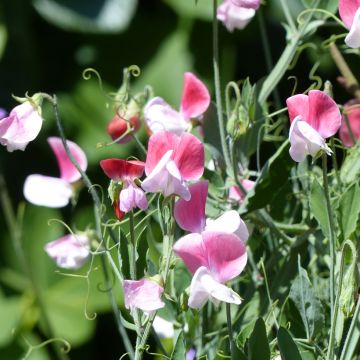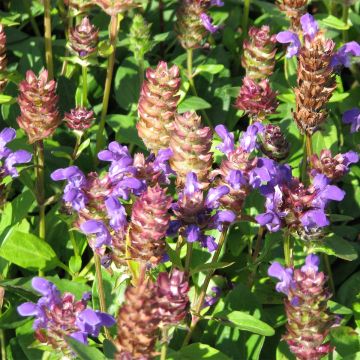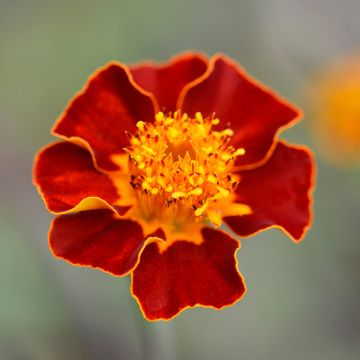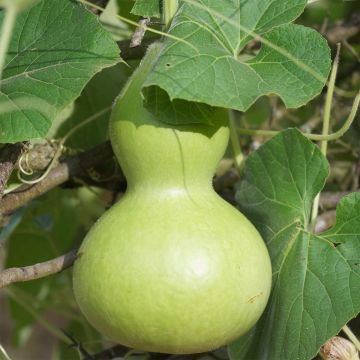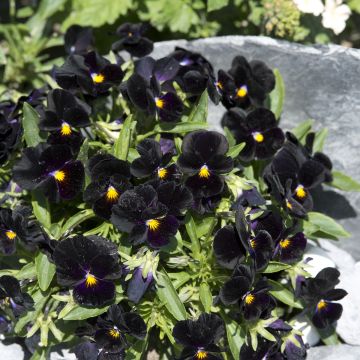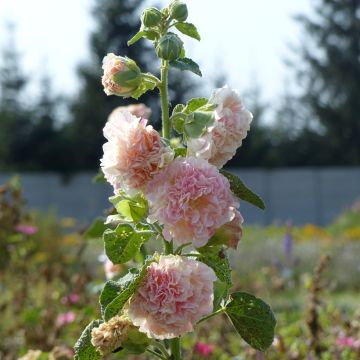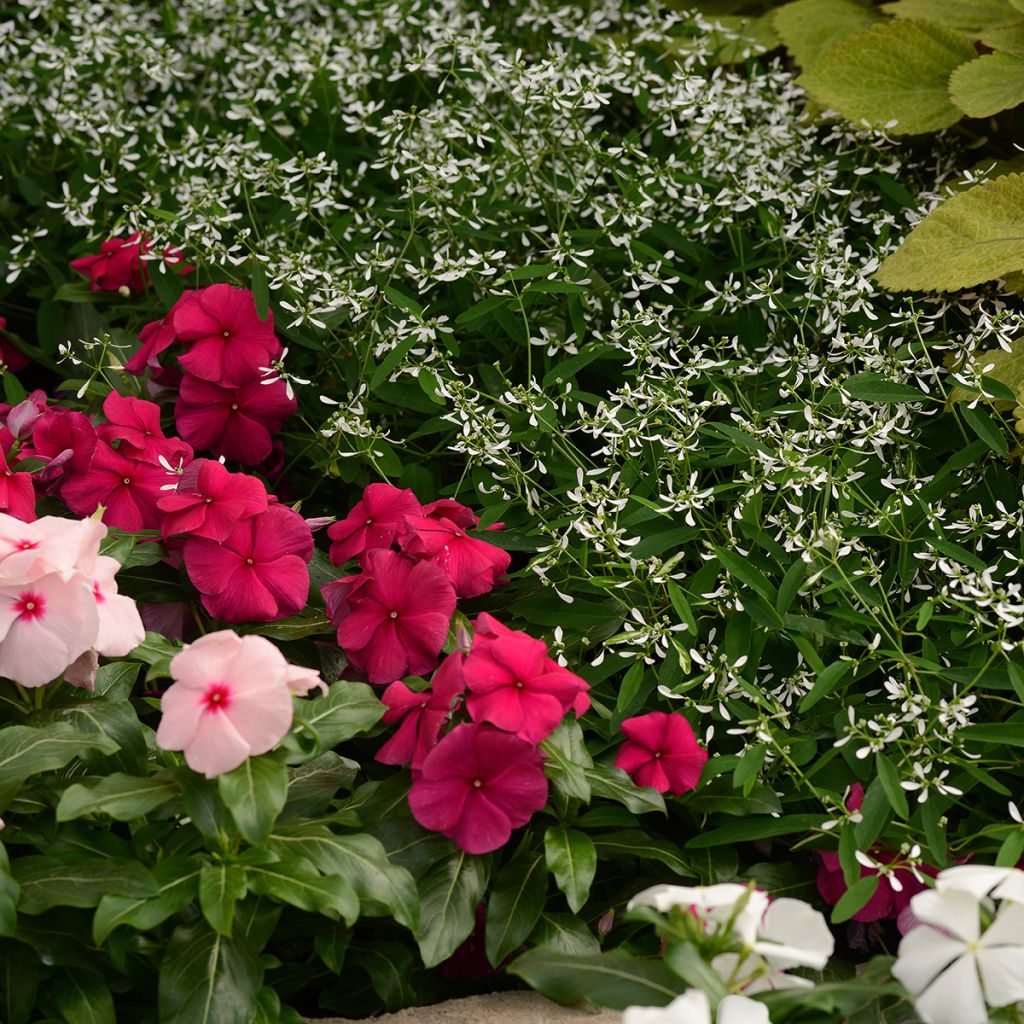

Euphorbia graminea Glamour
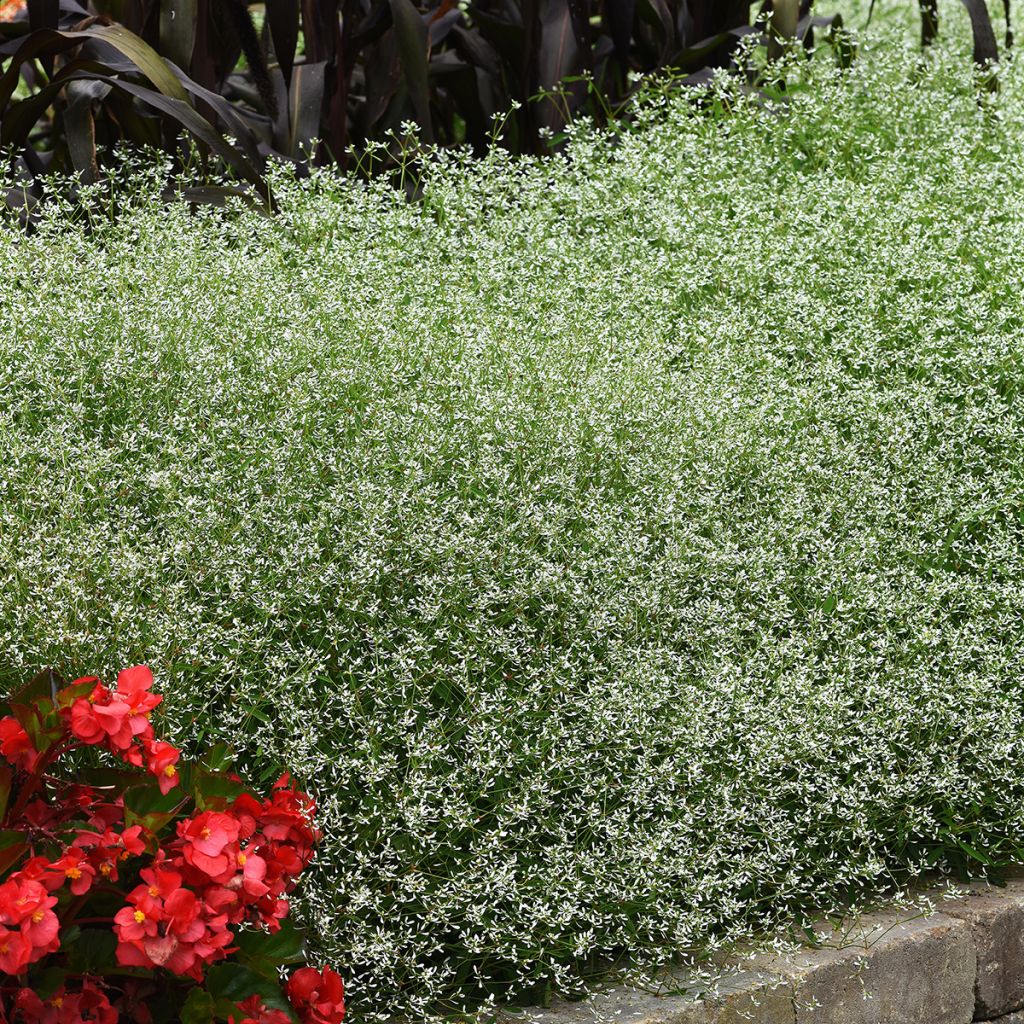

Euphorbia graminea Glamour
Euphorbia graminea Glamour
Euphorbia graminea Glamour
Spurge
Special offer!
Receive a €20 voucher for any order over €90 (excluding delivery costs, credit notes, and plastic-free options)!
1- Add your favorite plants to your cart.
2- Once you have reached €90, confirm your order (you can even choose the delivery date!).
3- As soon as your order is shipped, you will receive an email containing your voucher code, valid for 3 months (90 days).
Your voucher is unique and can only be used once, for any order with a minimum value of €20, excluding delivery costs.
Can be combined with other current offers, non-divisible and non-refundable.
Home or relay delivery (depending on size and destination)
Schedule delivery date,
and select date in basket
This plant carries a 6 months recovery warranty
More information
We guarantee the quality of our plants for a full growing cycle, and will replace at our expense any plant that fails to recover under normal climatic and planting conditions.
Would this plant suit my garden?
Set up your Plantfit profile →
Description
The Glamour Spurge (Euphorbia graminea) is an annual plant of infinite lightness which provides a very long, airy, and ethereal white flowering. Used in flowerbeds, as border plantings or in containers, it enhances all surrounding plants. Heat-resistant, almost maintenance-free and with very rapid growth, this highly 'glamorous' spurge establishes itself as a prime choice for all flower enthusiasts.
The Euphorbia graminea, commonly called grass-leaved spurge or graminaceous spurge, belongs to the Euphorbiaceae family. This species is native to tropical regions of America, extending from northern Mexico to northern South America. Botanically, the Euphorbia graminea is generally considered an annual plant although some sources indicate it may show slight perennial tendencies under favourable climatic conditions.
The 'Glamour' variety is a cultivar selected for its ornamental performance, introduced by PanAmerican Seed. It can easily be grown from seed, providing an economical alternative to varieties propagated by cuttings. The 'Glamour' exhibits vigorous growth, forming dense and uniform clumps with abundant flowering of small white blooms that give the plant an ethereal appearance. The plant reaches 30 to 80 cm in all directions. It consists of erect or ascending and ramified stems. The small leaves are narrow, linear to lanceolate, and measure 0.5 to 3 cm long and 0.3 to 2.5 cm wide. The inflorescences are cyathia, characteristic of the Euphorbia genus, appearing at stem tips or in branch axils. Each small cyathium consists of nectariferous glands surrounded by white bracts that resemble small flowers. Flowering extends from June to October. Pollination is carried out by insects. The leafy stems are destroyed by frost.
WARNING: like all spurges, this plant contains sticky and toxic latex when broken. It may cause skin irritation (sap), and is toxic if ingested (all parts of the plant are affected).
The Glamour Spurge provides the poetic touch that your summer borders and flowering pots are missing. Its light habit and ethereal flowering make it an excellent background or companion plant, perfect for softening volumes. In pots, it wonderfully plays refined counterpoints around more opulent flowers. Pair it for example with petunia 'Night Sky', featuring purple flowers speckled with white, with Calibrachoa 'Neo Double OrangeTastic' with double flowers in orange tones, or with Bidens 'Lemon Moon' in lemon yellow and white, which highlights the white delicacy of the spurge. In the garden as on the balcony, Glamour spurge brings an almost bridal freshness that soothes and structures any setting.
Report an error about the product description
Euphorbia graminea Glamour in pictures


Flowering
Foliage
Plant habit
Safety measures
Botanical data
Euphorbia
graminea
Glamour
Euphorbiaceae
Spurge
Adenopetalum boerhaviifolium, Adenopetalum discolor, Adenopetalum mexicanum, Euphorbia boerhaviifolia, Euphorbia picta, Euphorbia nudiflora, Eumecanthus boerhaviifolius, Eumecanthus mexicanus, Agaloma graminea
Cultivar or hybrid
atteintescutaneomuqueuses
Cette plante peut provoquer l'apparition de réactions cutanées indésirables, une atteinte des yeux, ou des difficultés respiratoires si elle est ingérée.
Ne la plantez pas là où de jeunes enfants peuvent évoluer. Evitez tout contact avec la peau: privilégiez l'emploi de gants pour la manipuler. En cas de contact, lavez-vous soigneusement les mains et rincez abondamment à l'eau la zone concernée. Lavez les vêtements entrés en contact. En cas de réaction cutanée, contactez votre médecin ou le centre antipoison le plus proche de chez vous. En cas d'atteinte étendue ou de difficultés respiratoires, appelez immédiatement le 15 ou le 112.Pensez à conserver l'étiquette de la plante, à la photographier ou à noter son nom, afin de faciliter le travail des professionnels de santé.
Davantage d'informations sur https://plantes-risque.info
Planting and care
Sowing Euphorbia 'Glamour' is best done indoors, under heated cover, from late winter between February and April.
Sow the seeds on the surface of a special sowing substrate without covering them: they need light to germinate. Maintain a constant temperature between 20 and 22°C and regular humidity until germination, which usually occurs within 4 to 7 days.
Once the young plants are well developed, transplant them into individual pots and gradually acclimatise them outdoors before planting, in pots or in open ground, after the last frosts.
Cultivation: this euphorbia appreciates a sunny to partially shaded exposure and light, cool, but well-drained soil. It tolerates periods of drought once well established (in open ground), but will offer more generous flowering with moderate and regular watering. No need for pruning or staking: its naturally balanced habit is self-sufficient. Avoid excess nitrogen fertilisers which would promote foliage to the detriment of the flowers.
Sowing period
Intended location
Planting & care advice
This item has not been reviewed yet - be the first to leave a review about it.
Similar products
Haven't found what you were looking for?
Hardiness is the lowest winter temperature a plant can endure without suffering serious damage or even dying. However, hardiness is affected by location (a sheltered area, such as a patio), protection (winter cover) and soil type (hardiness is improved by well-drained soil).

Photo Sharing Terms & Conditions
In order to encourage gardeners to interact and share their experiences, Promesse de fleurs offers various media enabling content to be uploaded onto its Site - in particular via the ‘Photo sharing’ module.
The User agrees to refrain from:
- Posting any content that is illegal, prejudicial, insulting, racist, inciteful to hatred, revisionist, contrary to public decency, that infringes on privacy or on the privacy rights of third parties, in particular the publicity rights of persons and goods, intellectual property rights, or the right to privacy.
- Submitting content on behalf of a third party;
- Impersonate the identity of a third party and/or publish any personal information about a third party;
In general, the User undertakes to refrain from any unethical behaviour.
All Content (in particular text, comments, files, images, photos, videos, creative works, etc.), which may be subject to property or intellectual property rights, image or other private rights, shall remain the property of the User, subject to the limited rights granted by the terms of the licence granted by Promesse de fleurs as stated below. Users are at liberty to publish or not to publish such Content on the Site, notably via the ‘Photo Sharing’ facility, and accept that this Content shall be made public and freely accessible, notably on the Internet.
Users further acknowledge, undertake to have ,and guarantee that they hold all necessary rights and permissions to publish such material on the Site, in particular with regard to the legislation in force pertaining to any privacy, property, intellectual property, image, or contractual rights, or rights of any other nature. By publishing such Content on the Site, Users acknowledge accepting full liability as publishers of the Content within the meaning of the law, and grant Promesse de fleurs, free of charge, an inclusive, worldwide licence for the said Content for the entire duration of its publication, including all reproduction, representation, up/downloading, displaying, performing, transmission, and storage rights.
Users also grant permission for their name to be linked to the Content and accept that this link may not always be made available.
By engaging in posting material, Users consent to their Content becoming automatically accessible on the Internet, in particular on other sites and/or blogs and/or web pages of the Promesse de fleurs site, including in particular social pages and the Promesse de fleurs catalogue.
Users may secure the removal of entrusted content free of charge by issuing a simple request via our contact form.
The flowering period indicated on our website applies to countries and regions located in USDA zone 8 (France, the United Kingdom, Ireland, the Netherlands, etc.)
It will vary according to where you live:
- In zones 9 to 10 (Italy, Spain, Greece, etc.), flowering will occur about 2 to 4 weeks earlier.
- In zones 6 to 7 (Germany, Poland, Slovenia, and lower mountainous regions), flowering will be delayed by 2 to 3 weeks.
- In zone 5 (Central Europe, Scandinavia), blooming will be delayed by 3 to 5 weeks.
In temperate climates, pruning of spring-flowering shrubs (forsythia, spireas, etc.) should be done just after flowering.
Pruning of summer-flowering shrubs (Indian Lilac, Perovskia, etc.) can be done in winter or spring.
In cold regions as well as with frost-sensitive plants, avoid pruning too early when severe frosts may still occur.
The planting period indicated on our website applies to countries and regions located in USDA zone 8 (France, United Kingdom, Ireland, Netherlands).
It will vary according to where you live:
- In Mediterranean zones (Marseille, Madrid, Milan, etc.), autumn and winter are the best planting periods.
- In continental zones (Strasbourg, Munich, Vienna, etc.), delay planting by 2 to 3 weeks in spring and bring it forward by 2 to 4 weeks in autumn.
- In mountainous regions (the Alps, Pyrenees, Carpathians, etc.), it is best to plant in late spring (May-June) or late summer (August-September).
The harvesting period indicated on our website applies to countries and regions in USDA zone 8 (France, England, Ireland, the Netherlands).
In colder areas (Scandinavia, Poland, Austria...) fruit and vegetable harvests are likely to be delayed by 3-4 weeks.
In warmer areas (Italy, Spain, Greece, etc.), harvesting will probably take place earlier, depending on weather conditions.
The sowing periods indicated on our website apply to countries and regions within USDA Zone 8 (France, UK, Ireland, Netherlands).
In colder areas (Scandinavia, Poland, Austria...), delay any outdoor sowing by 3-4 weeks, or sow under glass.
In warmer climes (Italy, Spain, Greece, etc.), bring outdoor sowing forward by a few weeks.


































